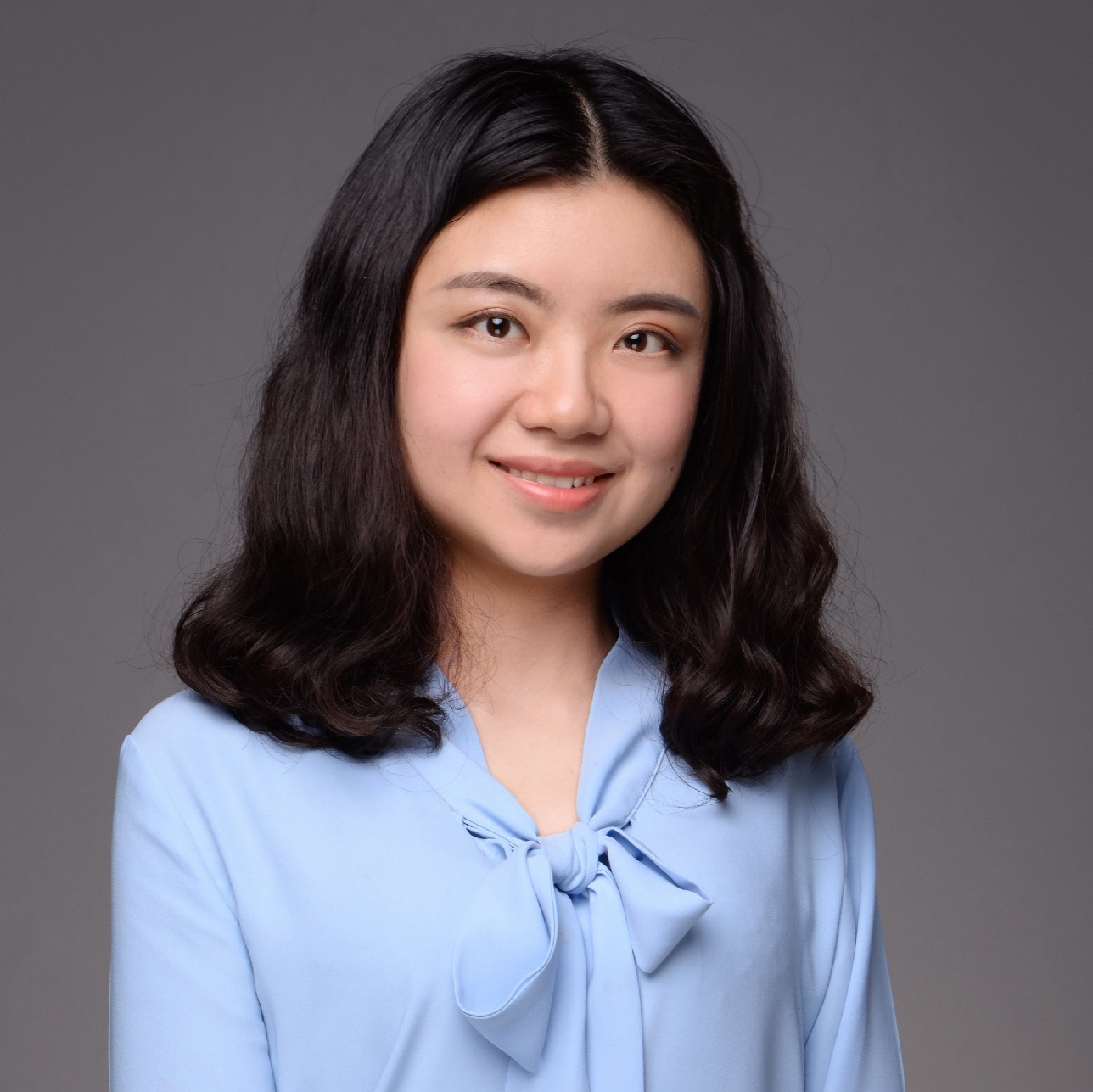
Huanting Huang
PhD Candidate
Department of Electrical Engineering
University of Michigan
Huanting Huang received her BEng degree in Electrical Engineering from City University of Hong Kong in 2012, with First Class Honours. She was an exchange student at the Department of Electrical Engineering and Computer Science, Vanderbilt University, Nashville, USA, in 2011. From 2012, she was a PhD student at the Department of Electrical Engineering, University of Washington, Seattle, USA. She is currently a PhD candidate with the Department of Electrical Engineering, University of Michigan, Ann Arbor, USA. Her research interests include electromagnetic theory, applied and computational electromagnetics, wave propagation and scattering in random media with applications in remote sensing of vegetated land and random rough surface. In 2018, she received the IEEE Antennas and Propagation Society Ulrich L Rohde Innovative Conference Paper Award on Computational Techniques in Electromagnetics.
Vegetation/Forest Effects in Microwave Remote Sensing of Soil Moisture
My research includes (1) the distorted Born approximation (DBA) and coherent model for vegetated surfaces at L-band for data-cube based soil moisture retrieval; (2) a unified approach for combined active and passive remote sensing of vegetated surfaces with the same input physical parameters; (3) Numerical Maxwell Model in 3D (NMM3D) simulations of a vegetation canopy comprising randomly distributed dielectric cylinders; (4) hybrid method based on generalized T matrix of single objects and Foldy-Lax equations for NMM3D full wave simulations of the realistic vegetation/forests.
The DBA is used to compute the backscattering coefficients for various kinds of vegetated surfaces such as pasture, wheat and canola fields. For the soybean fields, an improved coherent branching model is used by taking into account the correlated scattering among scatterers. The novel feature of the analytic coherent model consists of conditional probability functions to eliminate the overlapping effects of branches in the former branching models. In order to make use of the complex physical models for real time retrieval for satellite missions, the outputs of physical model are provided as lookup tables (with three axes; therefore, called data cube). The three axes are: vegetation water content (VWC), root mean square (RMS) height of the rough soil surface and soil permittivity directly related to the soil moisture, each of, which covers the wide range of natural conditions. By inverting the data cubes, time-series retrieval of soil moisture is performed. Next, the DBA is extended to calculate the bistatic scattering coefficients. Emissivities are calculated by integrating the bistatic scattering coefficients over the hemispherical solid angle. The backscattering coefficients and emissivities calculated using this approach form a consistent model for combined active and passive microwave remote sensing. This has the advantage that the active and passive models are founded on the same theoretical basis and hence allow the use of the same physical parameters. In comparison, current approaches generally use different models and different parameters for active and passive with the tau-omega model most frequently used as the passive model with empirical input parameters. The modelled backscattering coefficients, brightness temperatures and soil moisture retrieval results are validated with the measurements from the Soil Moisture Active Passive Validation Experiment 2012 (SMAPVEX12).
Please click here for full abstract with special characters.